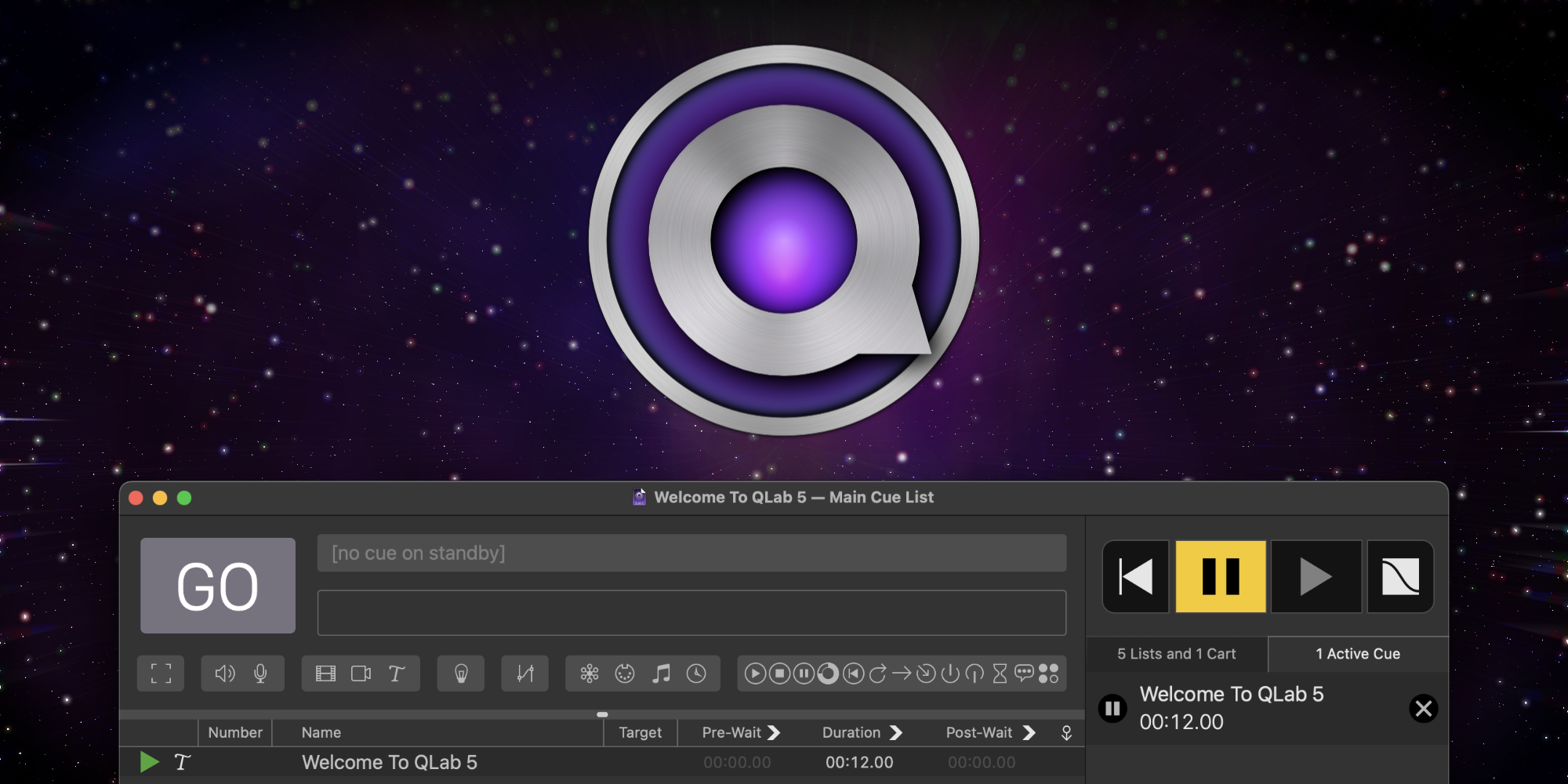


John’s test, features recordings that he made of a Yamaha Disklavier, examines the audible differences introduced by the use of star-quad microphone cable versus standard twisted-pair XLR cable. BaiLin wrote about his test and his conclusions based upon it on his blog. The audio test uses recordings from two A/B X tests conducted by John Huntington and Boaz BaiLin He at the New York City College of Technology.īaiLin’s test, which features a recording of Howard Rappaport performing an original composition, examines the audible differences introduced by the microphone preamps on two very differently-priced audio consoles. There are two downloadable examples one which demonstrates testing audio, and one which demonstrates video.

The workspace here modifies the approach a bit, allowing the user to control the listening or viewing time of A, B, and X allowing repeat listening or viewing before making a decision and of course welcoming all people to be observers, not just ‘he’-identifying folks. For a threshold test, the A interval is quiet, the B interval is signal, and the X interval is either quiet or signal. His task is to indicate whether the sound heard during the X interval was more like that during the A interval or more like that during the B interval. During the first time interval he hears signal A, during the second, signal B, and finally signal X. An observer is presented with a time sequence of three signals for each judgment he is asked to make. The procedure, which we have called the “ABX” test, is a modification of the method of paired comparisons. The purpose of the present paper is to describe a test procedure which has shown promise in this direction and to give descriptions of equipment which have been found helpful in minimizing the variability of the test results. Gardener’s paper Standardizing Auditory Testing: A/B X testing was developed in the 1950s at Bell Labs and was documented in W.A.

It’s important to understand that the goal of A/B X testing is not to determine whether either sample is “better” than the other, only whether there is an audible, or visible, difference between the two samples. This chapter demonstrates a method of using QLab to perform A/B X testing, which investigates whether there is an observable difference between two given samples.


 0 kommentar(er)
0 kommentar(er)
